Mirror cabinets are a fantastic addition to any bathroom. They provide much-needed storage space for toiletries and medications while offering a reflective surface that can brighten and expand the visual space. However, improper installation can lead to disastrous consequences, with a heavy cabinet crashing down and potentially causing injury or damage.
This guide will equip you with the knowledge to ensure your mirror cabinet is securely anchored to the wall, turning that functional piece of furniture into a reliable and stylish addition to your bathroom.
Understanding Why Proper Anchoring Matters
Mirror cabinets can be surprisingly heavy, especially when filled with toiletries and medications. Without proper anchoring, the weight of the cabinet can put significant stress on the wall studs or drywall anchors used for installation. Over time, this stress can cause the anchors to fail, leading to the cabinet detaching from the wall.
A falling mirror cabinet can be dangerous. It could cause injury to anyone nearby and damage the cabinet itself, your bathroom floor, or even plumbing fixtures. Additionally, a detached cabinet can leave unsightly holes in your wall, requiring repairs before reinstallation.
Assessing Your Wall and Choosing the Right Anchors
The type of anchors you need for your mirror cabinet depends on the material your wall is constructed from. Here's a breakdown of common wall types and corresponding anchor options:
- Stud Walls:These walls consist of wooden studs covered with drywall. For stud walls, standard screws are ideal for anchoring the cabinet directly into the studs. You can use a stud finder to locate the studs behind the drywall before drilling any holes.
- Drywall Walls:If your bathroom doesn't have studs behind the desired location, you'll need to use drywall anchors specifically designed to hold heavy objects in drywall. There are various types of drywall anchors available, such as toggle bolts, molly bolts, and snap toggles. Choose the type of anchor based on the weight of your mirror cabinet and the manufacturer's recommendations.
Pro Tip: When using drywall anchors, ensure the weight rating of the anchor exceeds the weight of your fully loaded mirror cabinet. Always follow the specific installation instructions provided with the chosen anchor type.
Gathering the Necessary Tools and Materials
Before diving into the installation process, ensure you have the necessary tools and materials on hand:
- Mirror Cabinet:The star of the show! Make sure you have all the mounting hardware included with your chosen cabinet.
- Drill:An electric drill with appropriate drill bits for both the anchors and the cabinet hardware.
- Level:To ensure your mirror cabinet hangs straight.
- Stud Finder:If your wall is a stud wall, a stud finder will help locate the studs for secure anchoring.
- Pencil:For marking the drilling locations.
- Tape Measure:For accurate measurements during installation.
- Screwdriver or Screw Gun:Depending on the type of screws used for mounting.
- Hardware:The anchor type you selected, along with the screws or bolts provided with the mirror cabinet.
Step-by-Step Guide to Securely Anchoring Your Mirror Cabinet
- Plan and Measure:Choose the desired location for your mirror cabinet, ensuring there's adequate clearance from the sink and other fixtures. Use a level to mark a horizontal line where the top of the cabinet will be positioned.
- Locate Studs (if applicable):If you have a stud wall, use your stud finder to locate the studs behind the drywall. Ideally, you should mount the cabinet onto at least two studs for maximum support.
- Mark Drilling Locations:Align the cabinet with the markings on the wall and use the cabinet's mounting holes as a guide to mark the drilling locations on the wall. Ensure the marks are level.
- Pre-Drill Holes (if using drywall anchors):If you're using drywall anchors, pre-drill holes according to the diameter and depth specified for your chosen anchor type.
- Insert Anchors (if using drywall anchors):Following the manufacturer's instructions, insert the appropriate anchors into the pre-drilled holes. Some anchors require tapping them in with a hammer, while others might screw into place.
-
Mount the Cabinet:Lift the cabinet and carefully align it with the markings on the wall. Insert the screws or bolts provided with the cabinet into the mounting holes and through the wall (or anchors, if used). Use a level to ensure the cabinet remains straight while tightening the screws or bolts securely, but not over-tightening.

Additional Tips for Secure Mirror Cabinet Installation
While we've covered the basics of securing your mirror cabinet to the wall, here are some extra tips to ensure its longevity and safety:
Consider the Cabinet's Weight
The weight of your mirror cabinet is a crucial factor in determining the appropriate anchoring method. Heavier cabinets require more robust support. If you're unsure about the weight of your cabinet, consult the manufacturer's specifications or estimate the weight based on its dimensions and materials.
Reinforce the Wall If Necessary
For particularly heavy cabinets or if you're concerned about the strength of your wall, consider reinforcing the mounting area. You can add a wooden backing board to the wall behind the cabinet for extra support. This is especially helpful if you're dealing with drywall that doesn't offer sufficient strength on its own.
Check for Moisture and Ventilation
Bathrooms are often humid environments. Ensure that the area behind your mirror cabinet is well-ventilated to prevent moisture buildup, which can weaken the wall and the anchoring materials over time.
Regular Inspections
It's a good practice to periodically check the screws and anchors securing your mirror cabinet. Over time, these fasteners can loosen due to normal use. Tighten any loose screws or replace damaged anchors promptly.
Additional Safety Measures
To enhance safety, consider installing safety glass in your mirror cabinet. Tempered glass is less likely to shatter into sharp pieces if it breaks. Additionally, using silicone caulk around the edges of the cabinet where it meets the wall can help prevent water damage and provide an additional layer of support.
Professional Installation
If you're unsure about your DIY abilities or if you're dealing with a particularly large or heavy mirror cabinet, consider hiring a professional installer. They have the experience and tools to ensure the cabinet is securely and safely mounted.
Remember: A securely installed mirror cabinet is not just about aesthetics; it's about safety. By following these guidelines and using the right tools and materials, you can ensure your mirror cabinet remains firmly in place for years to come.


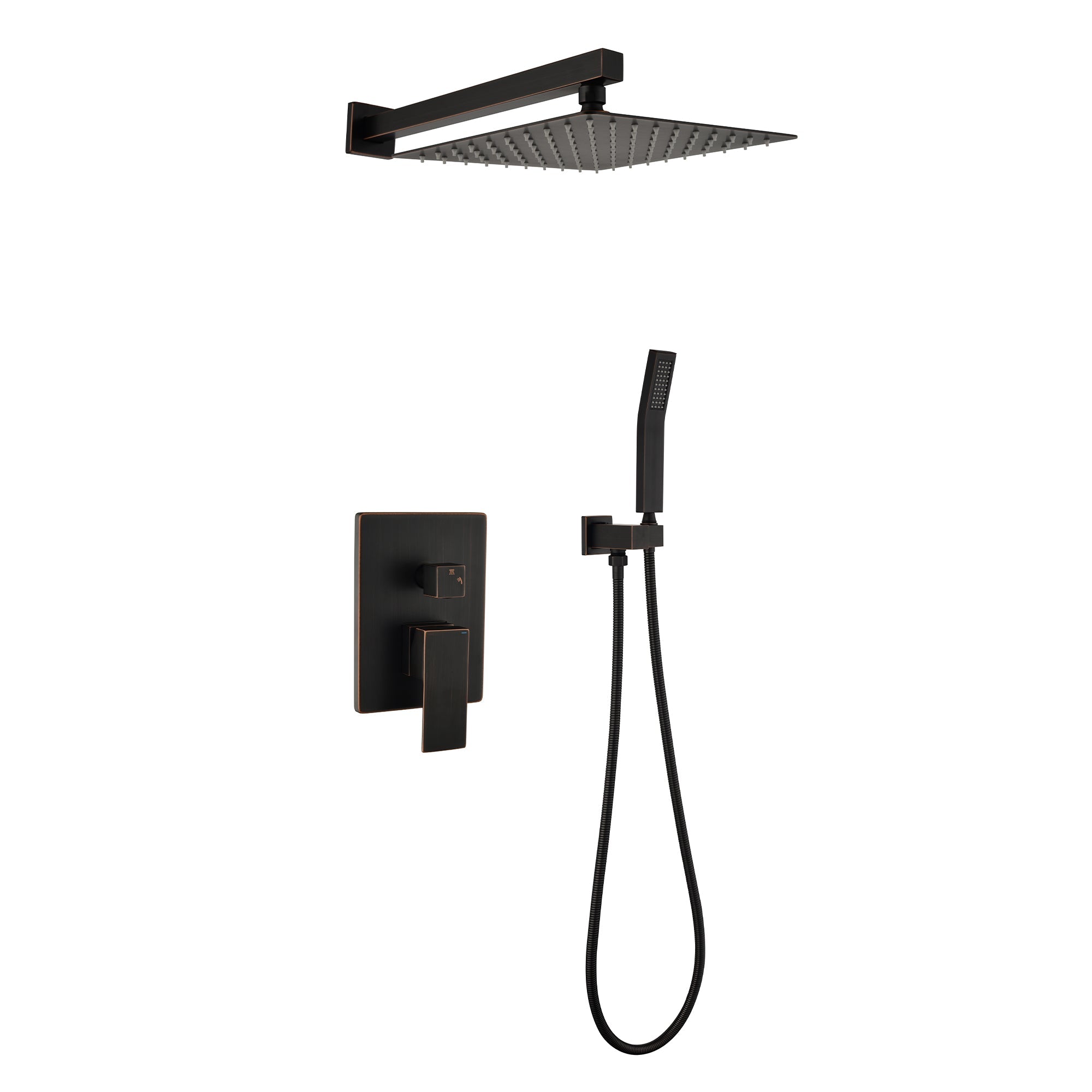



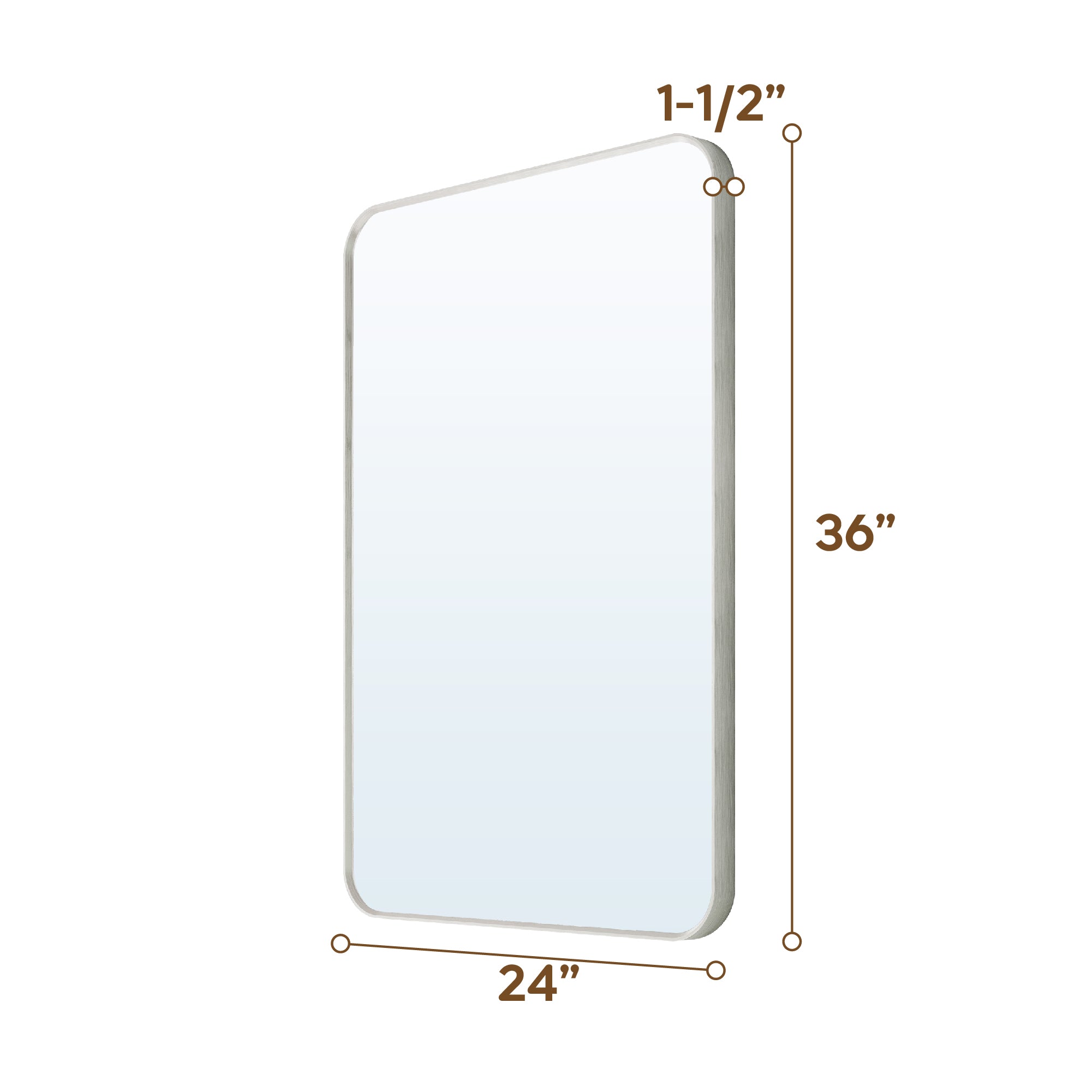
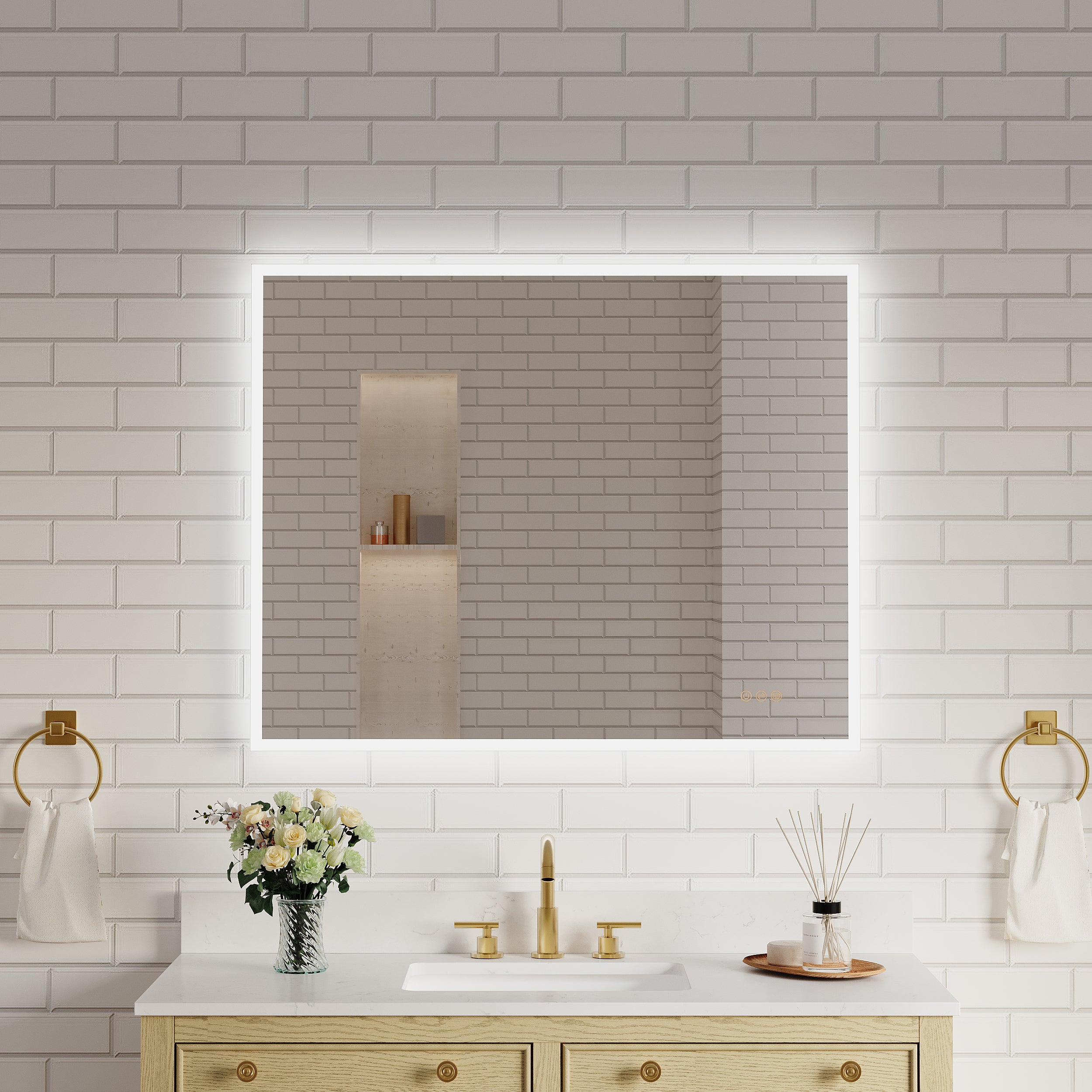
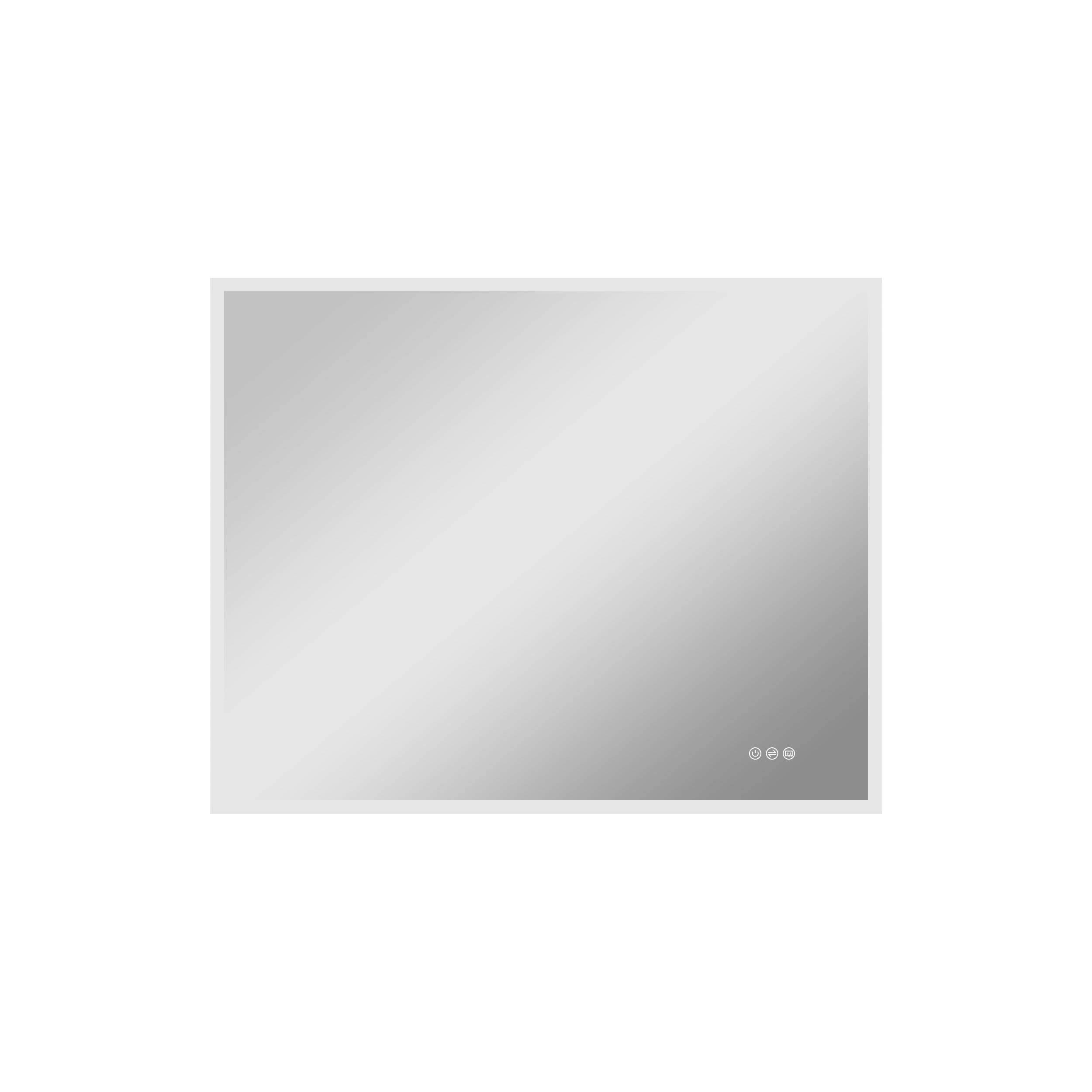


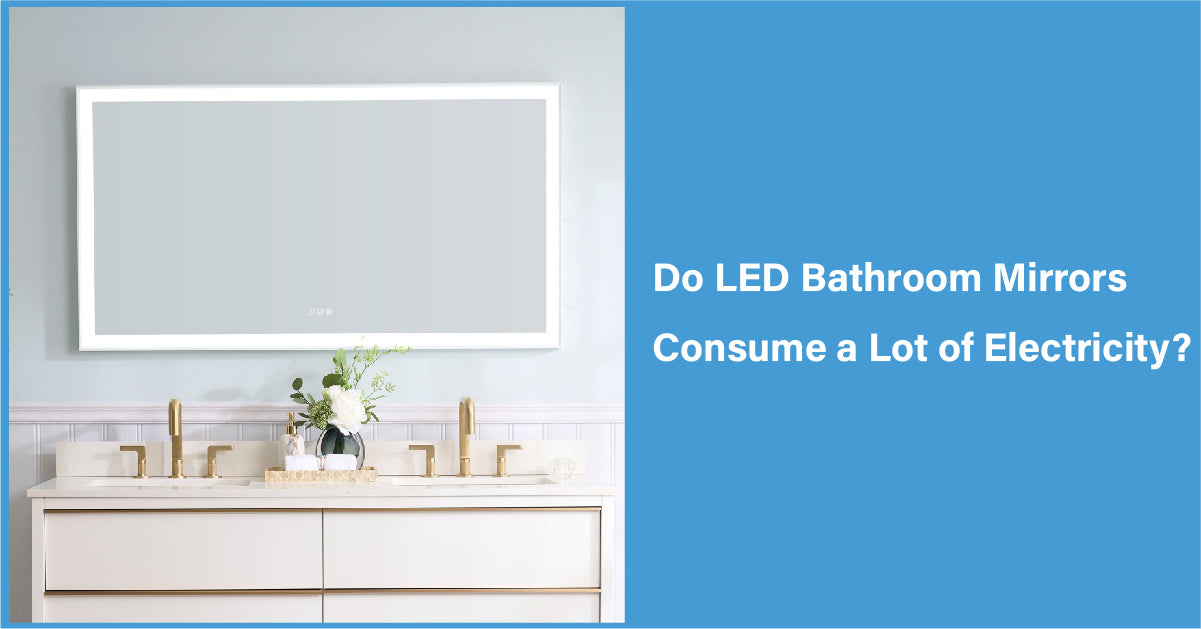

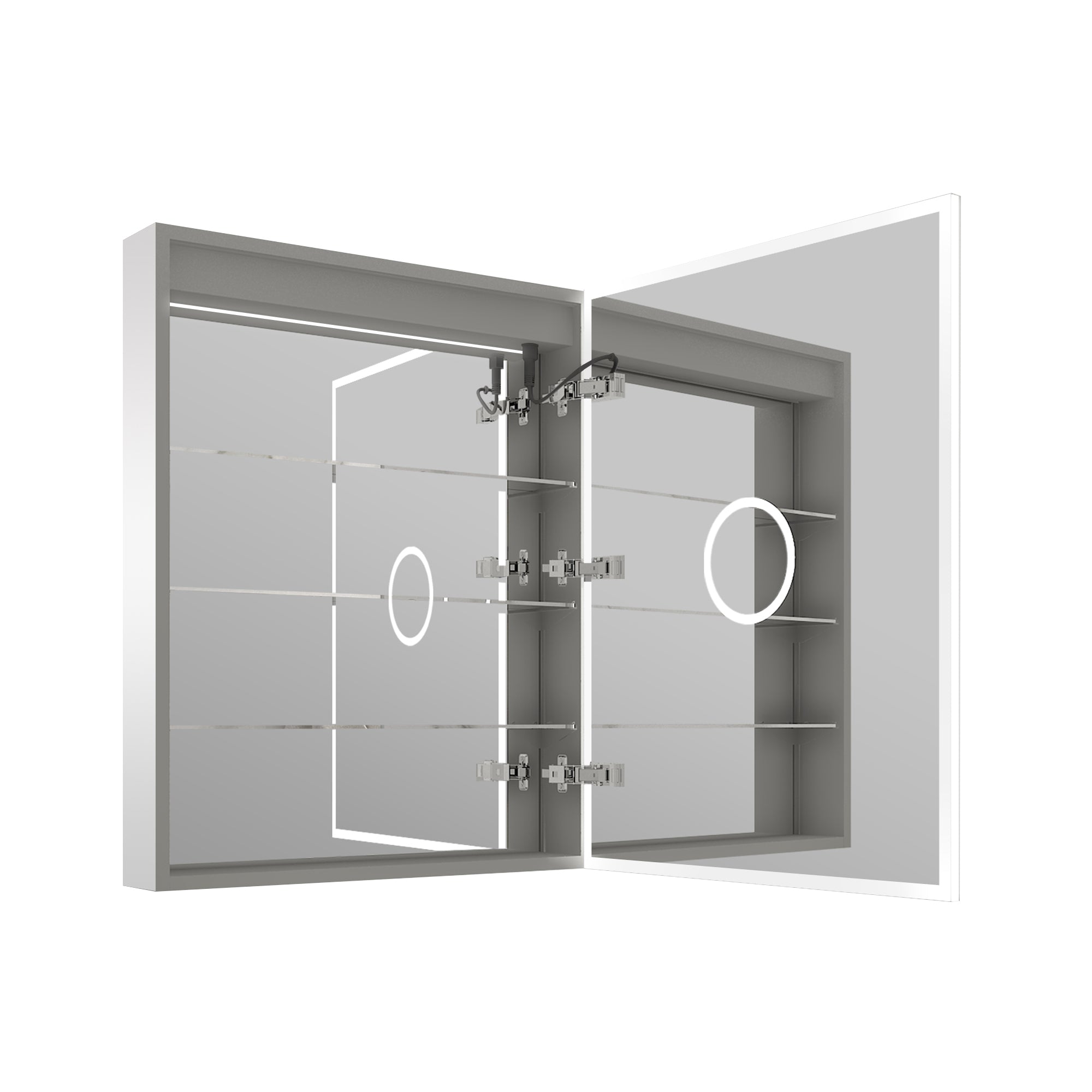
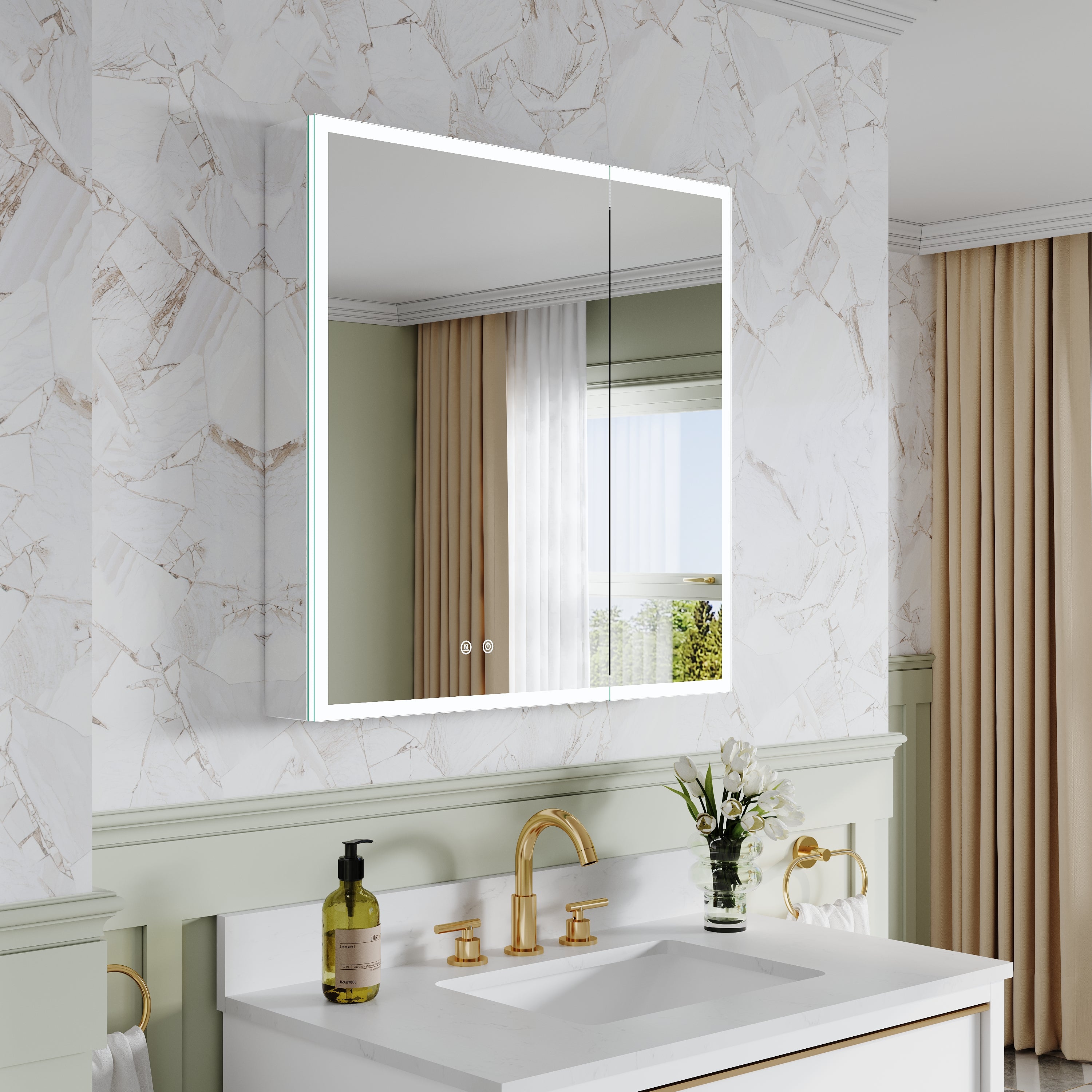



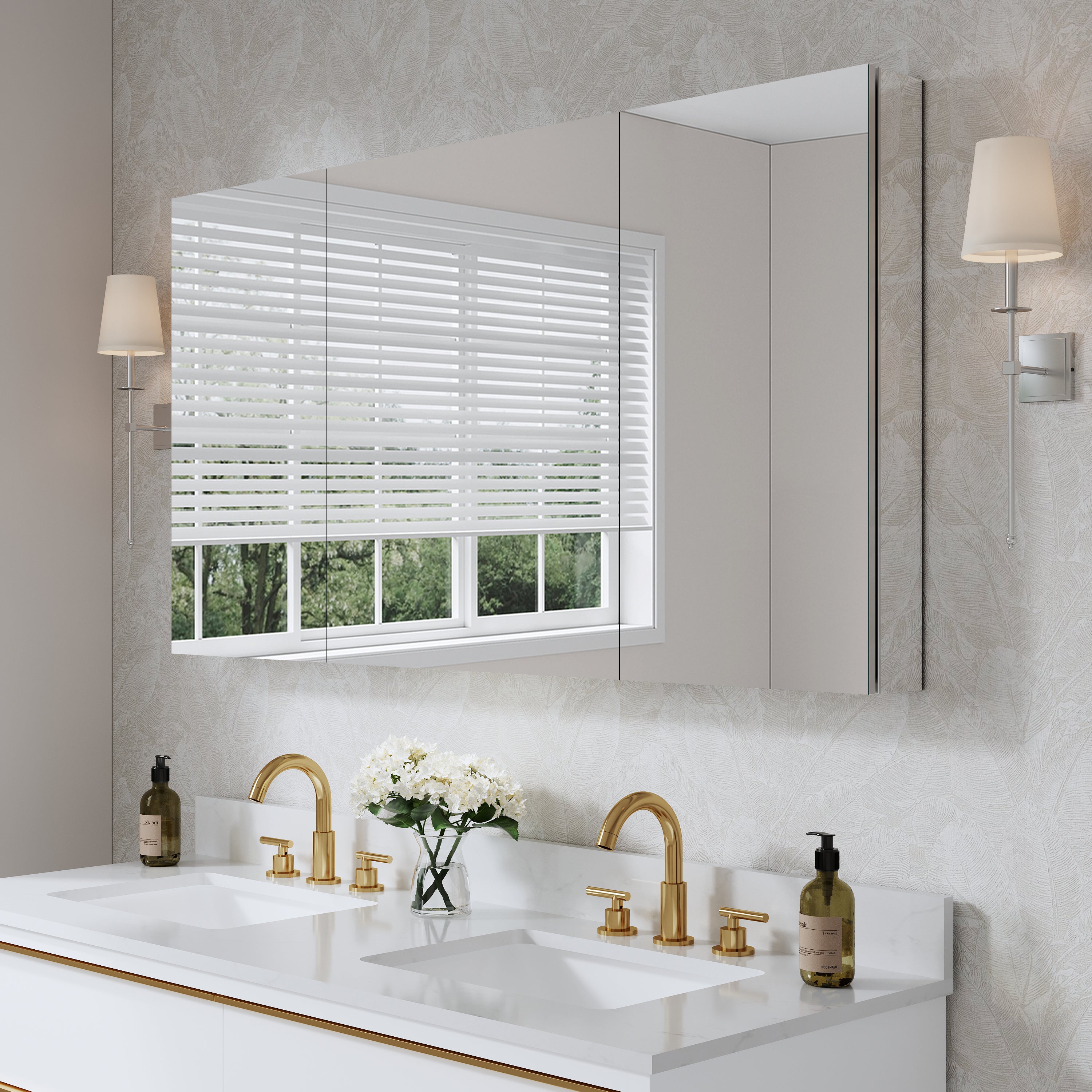



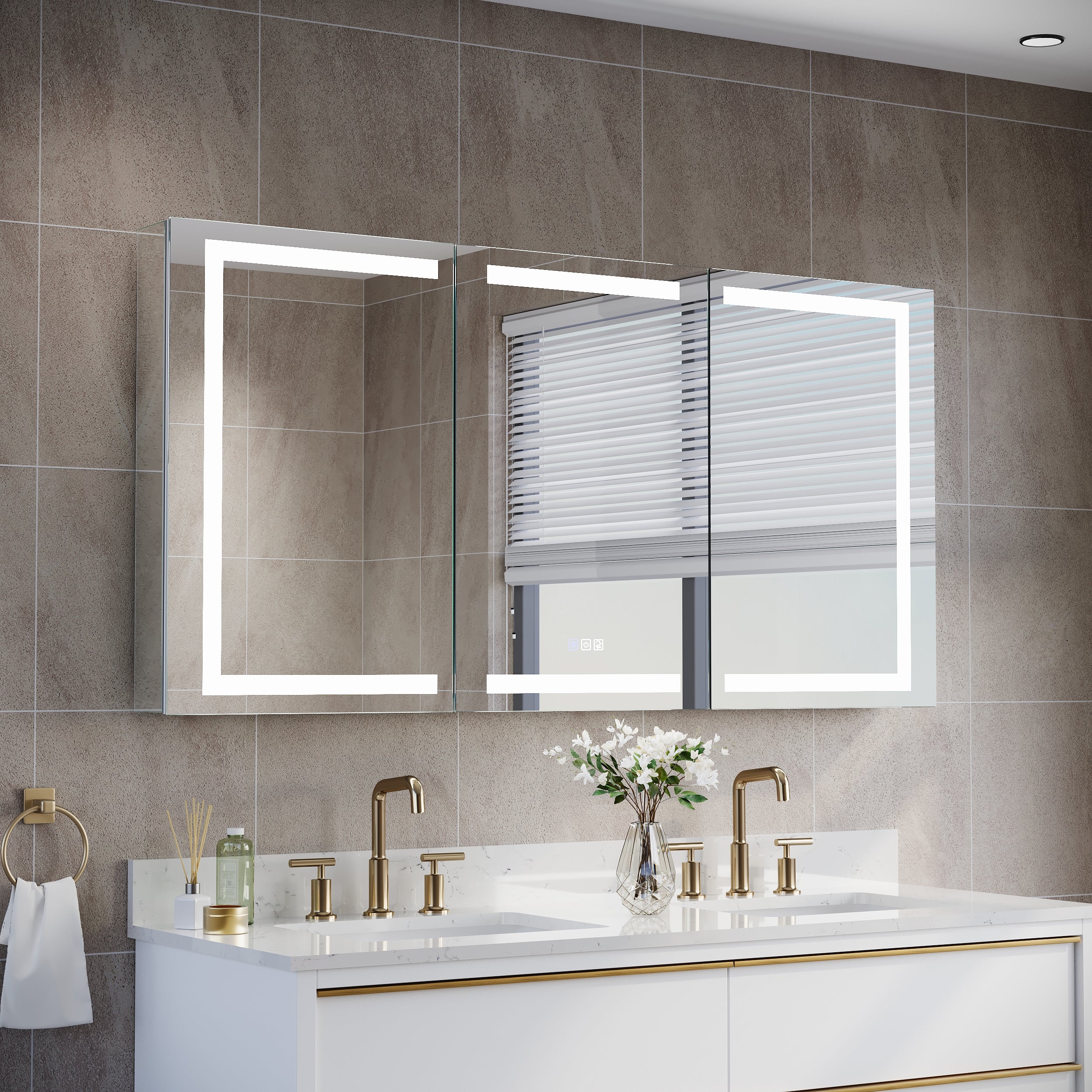



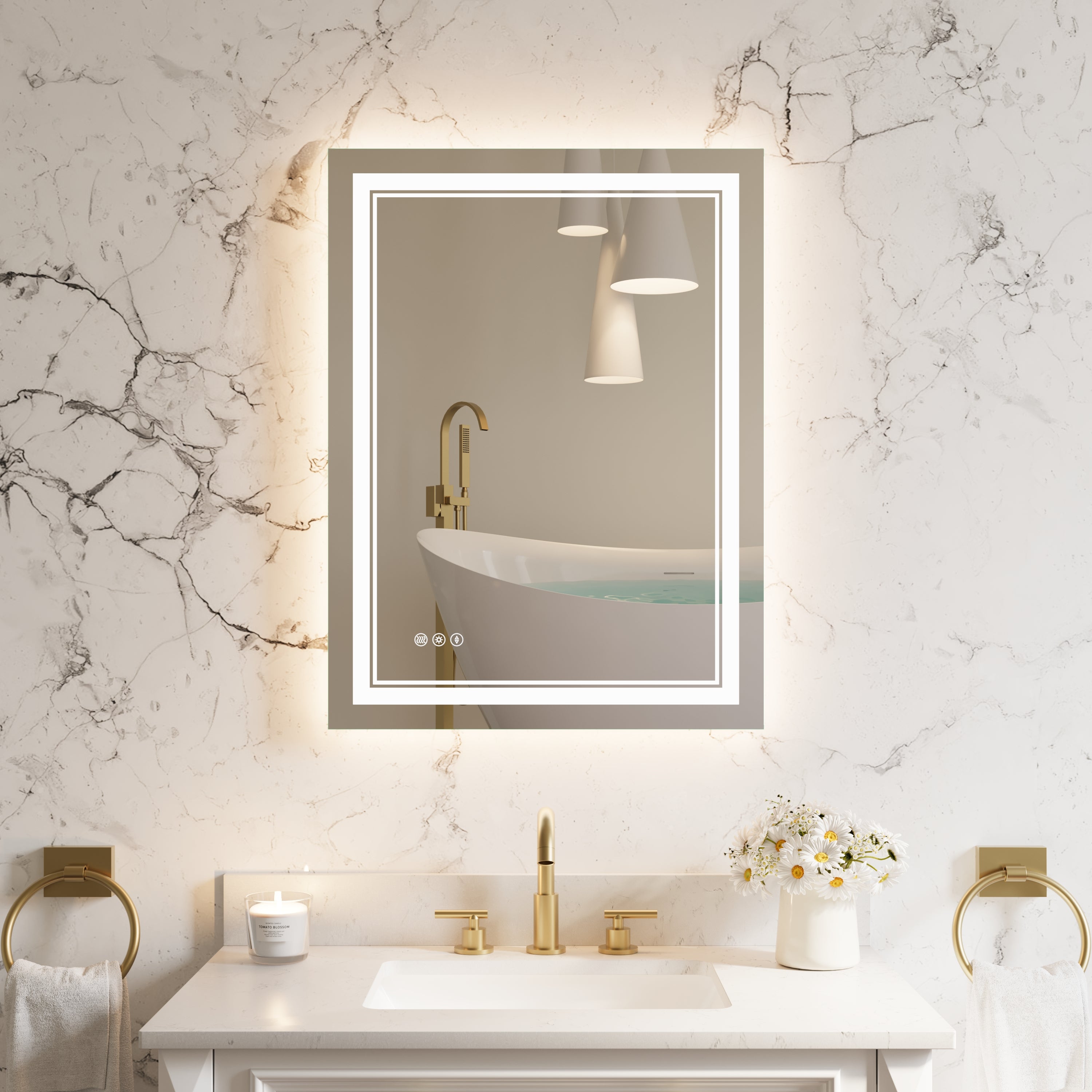








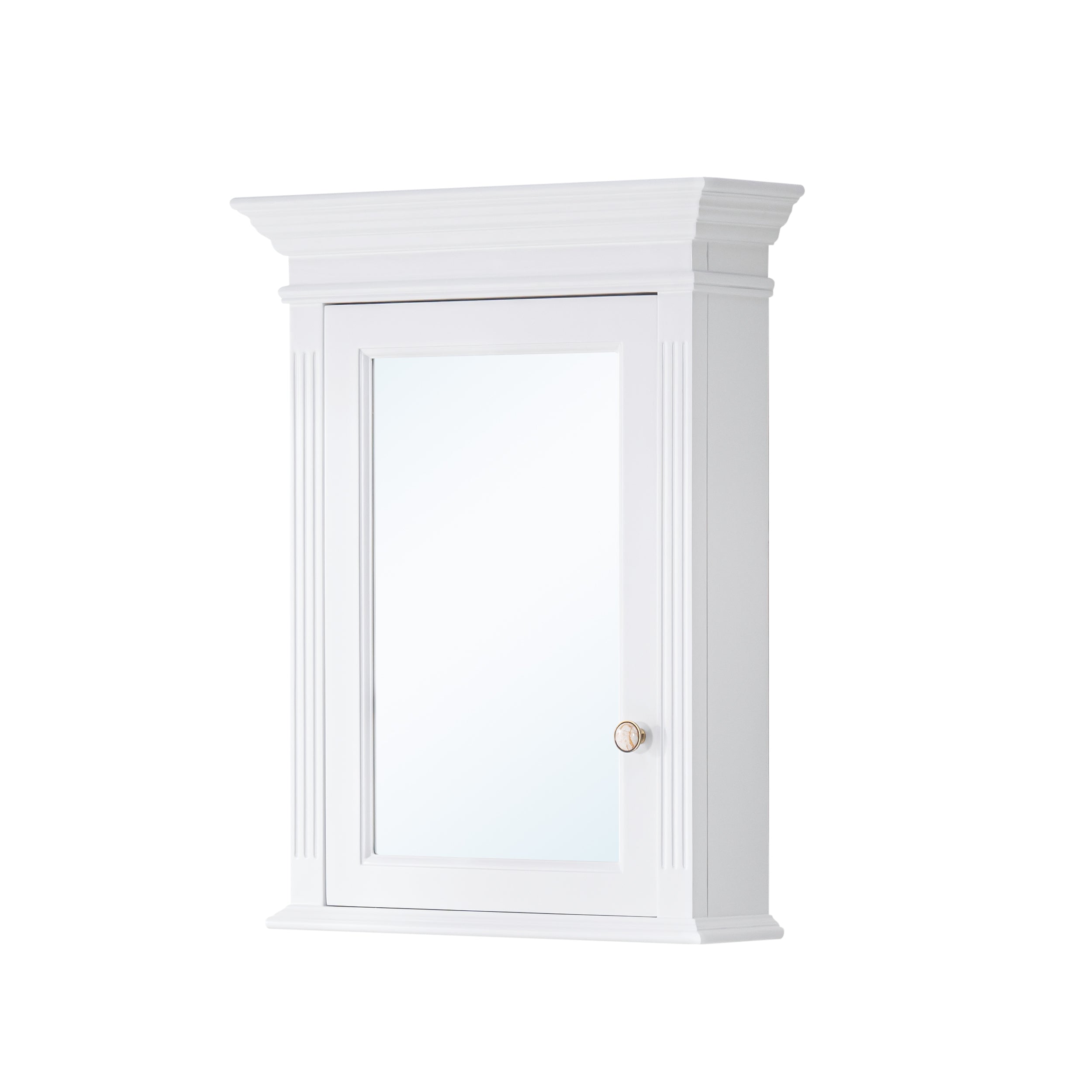
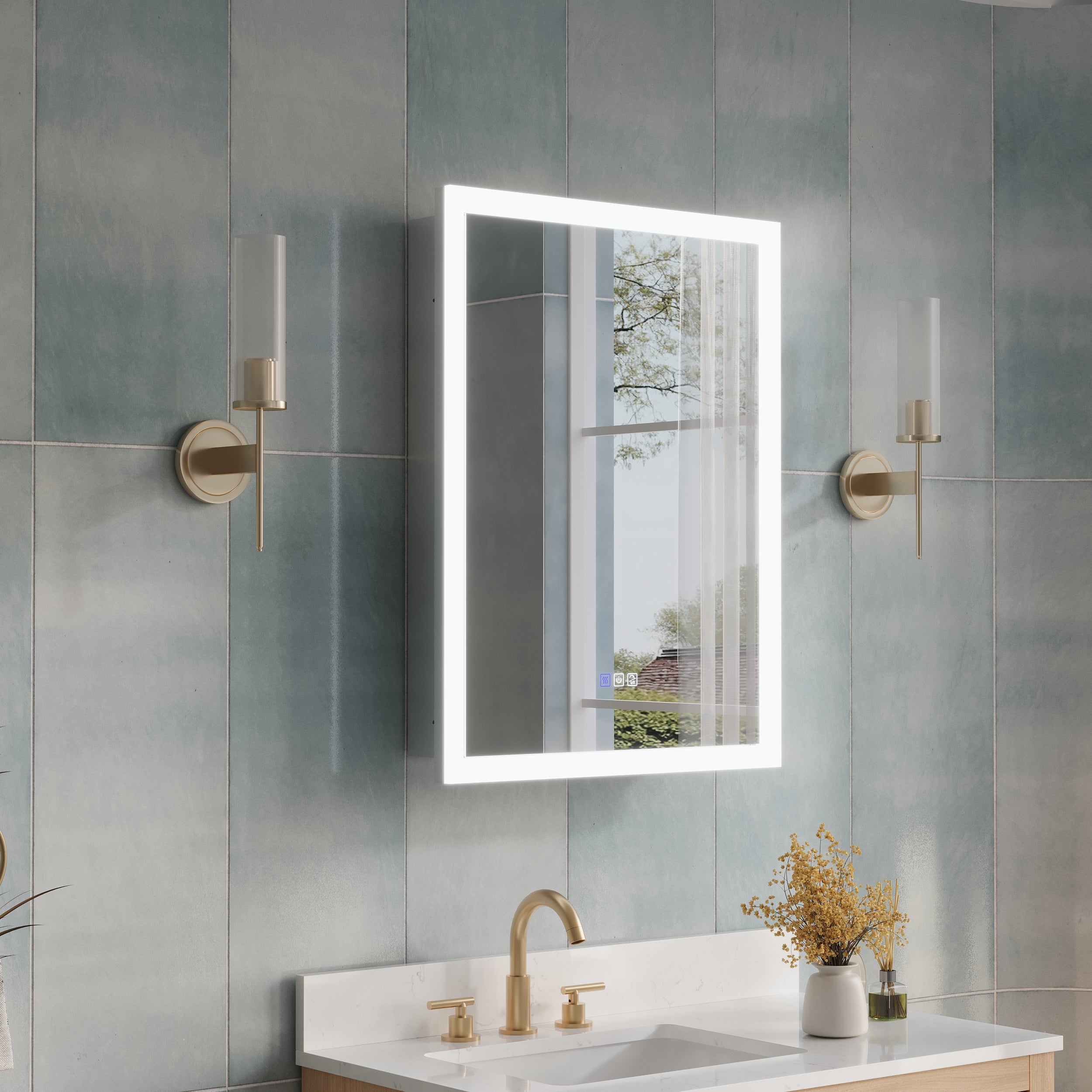
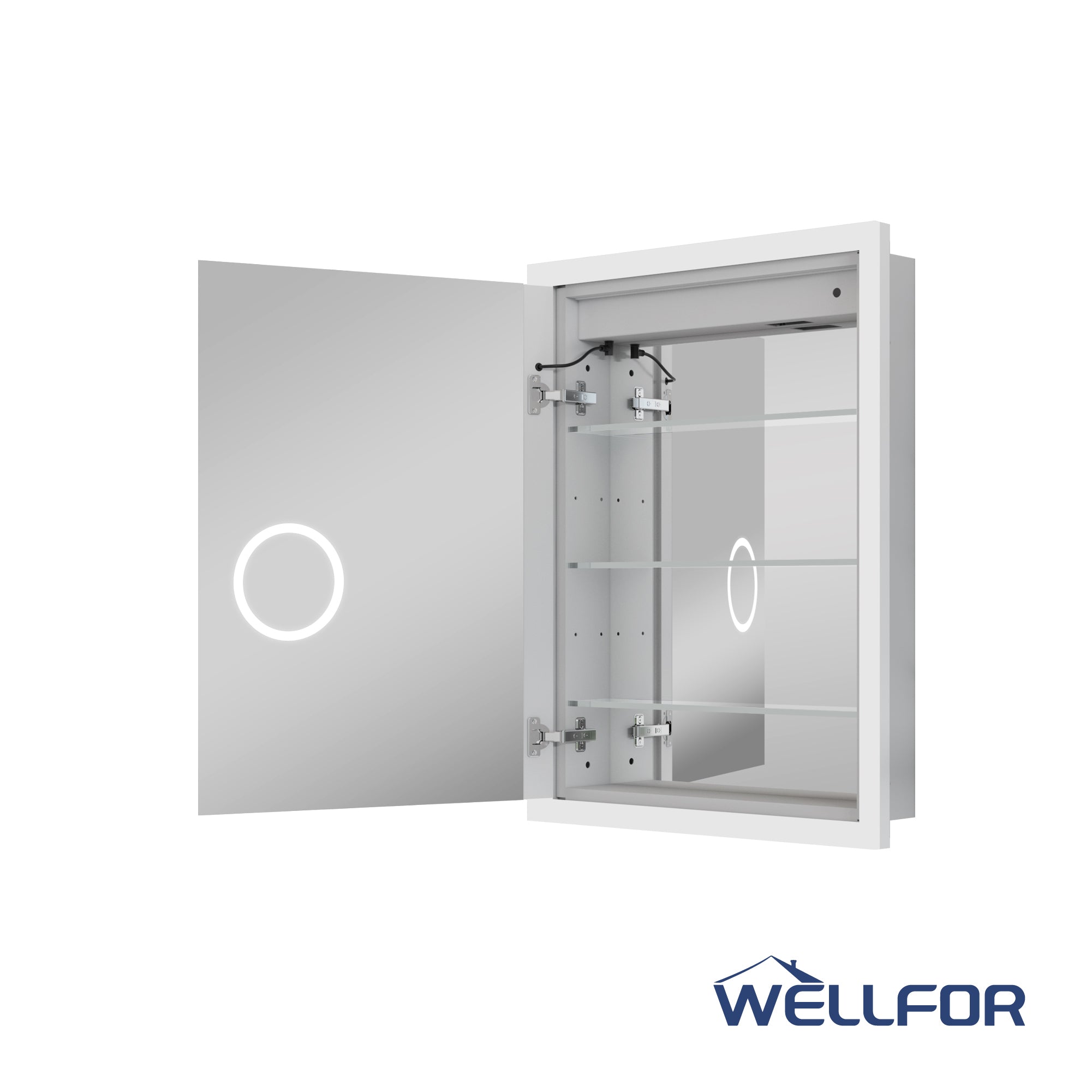
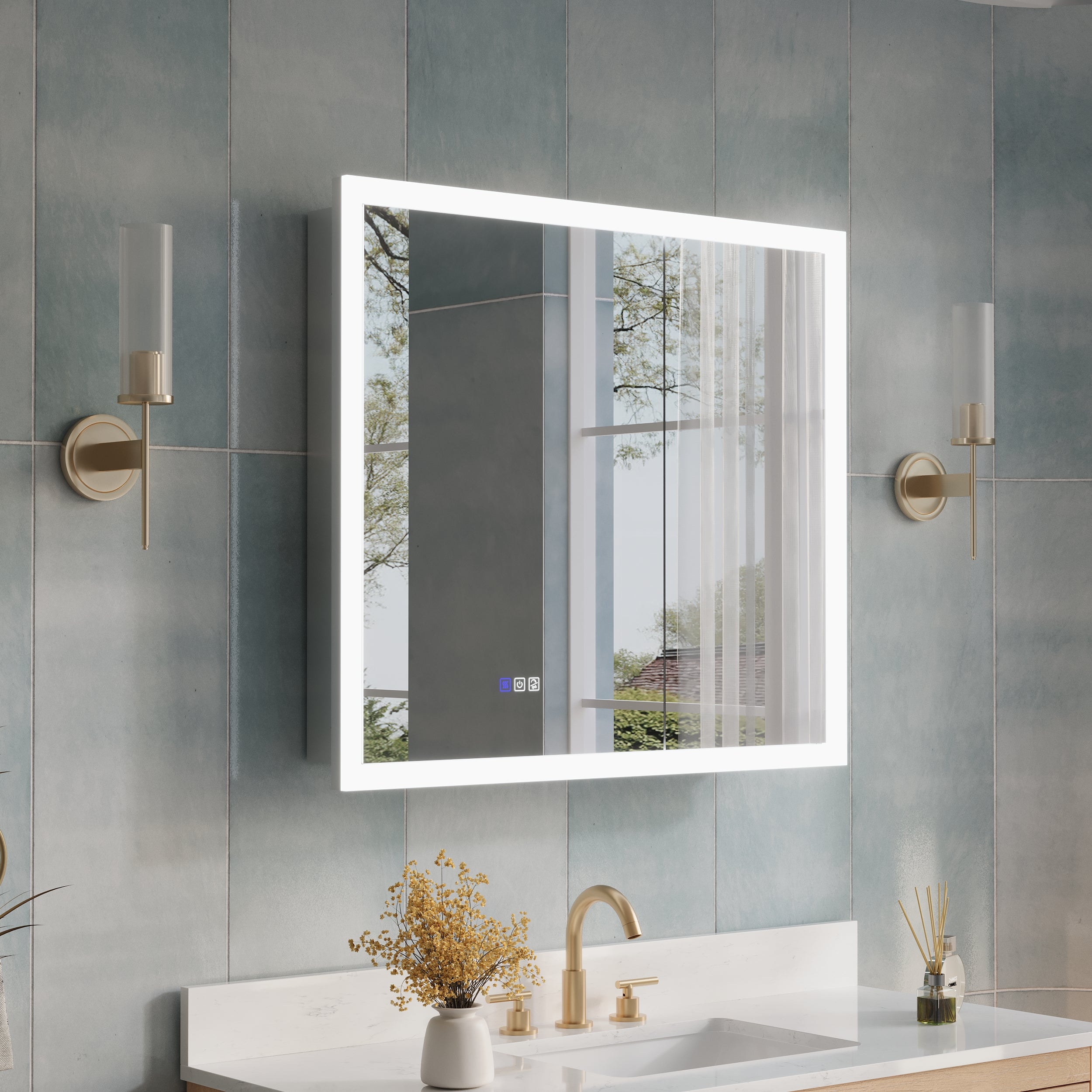
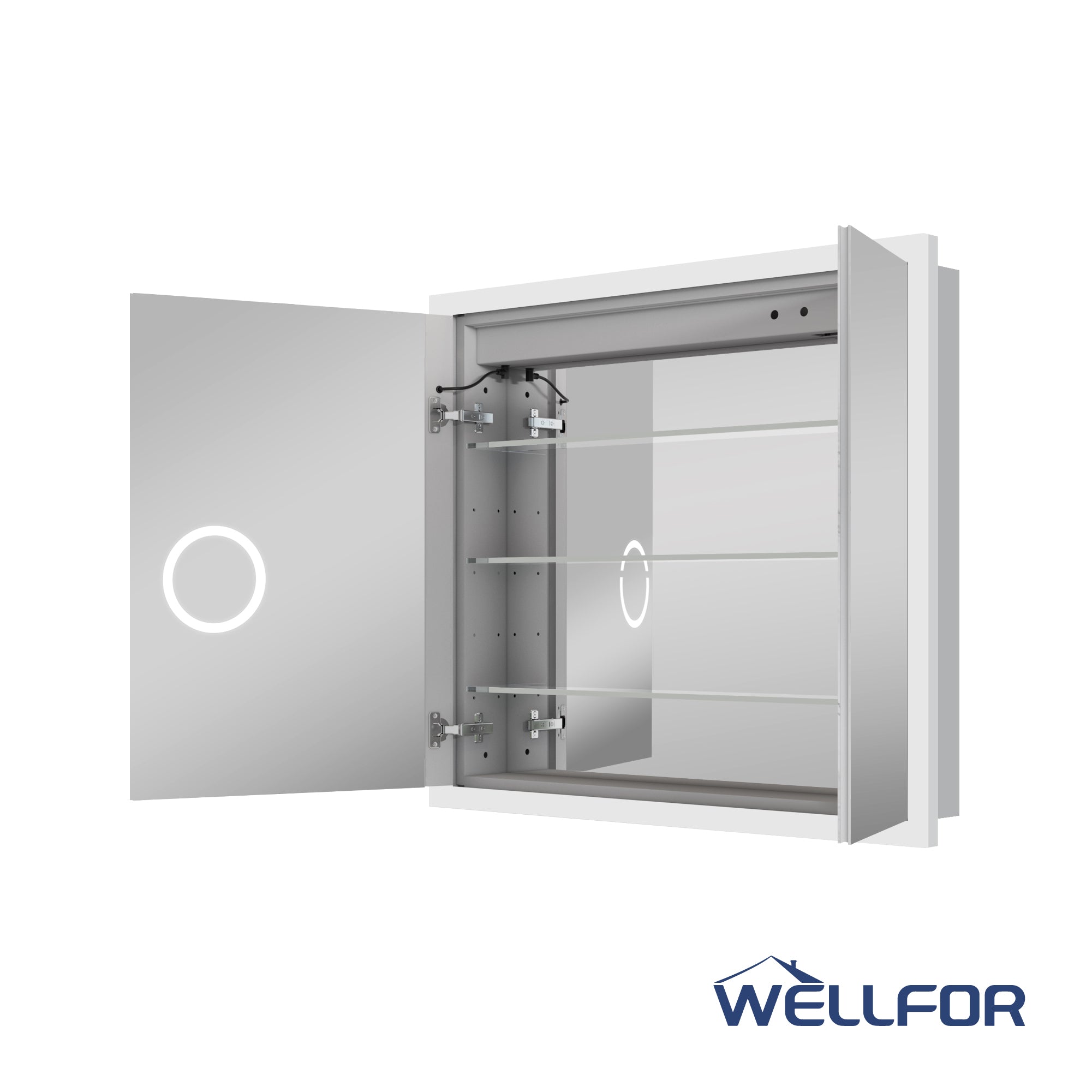
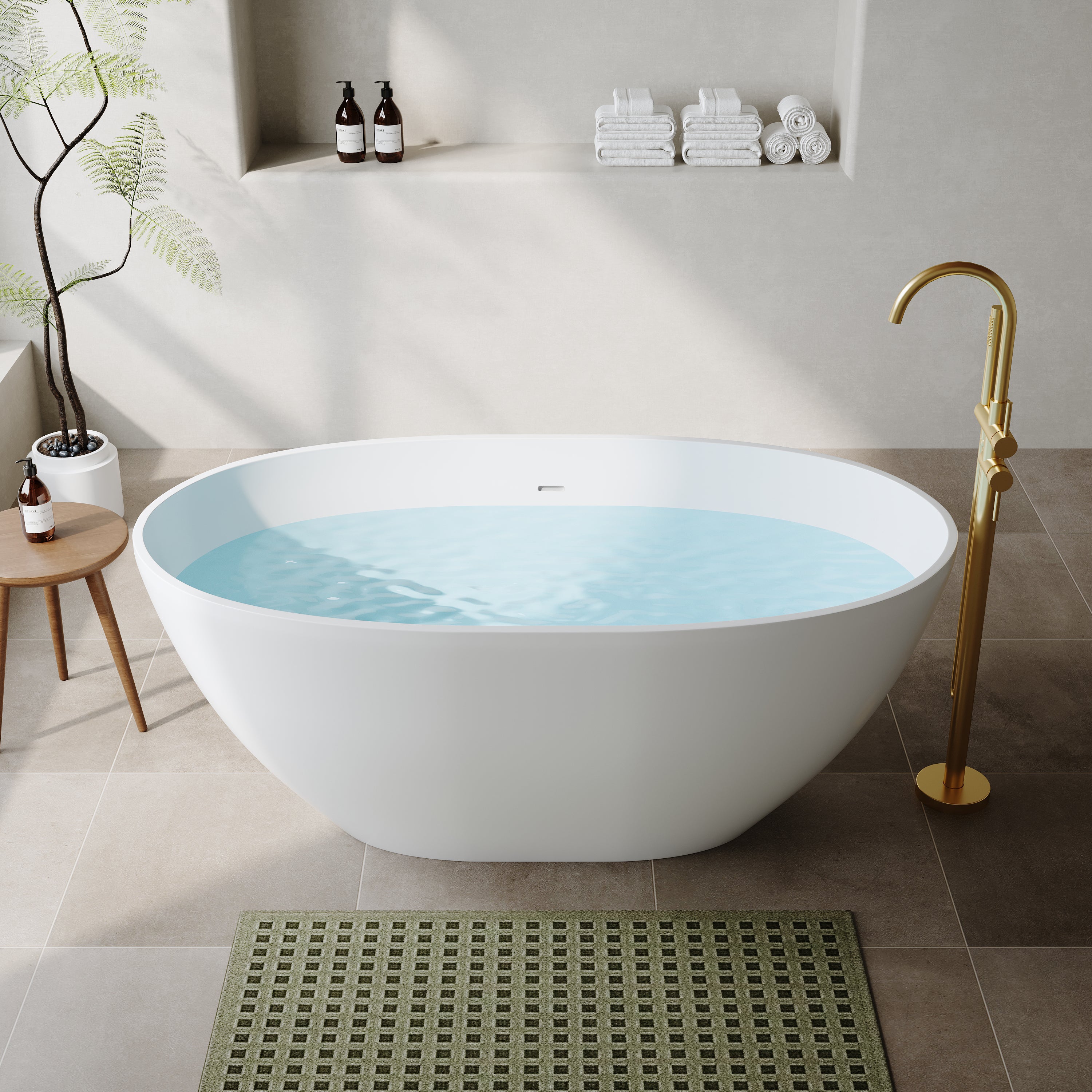




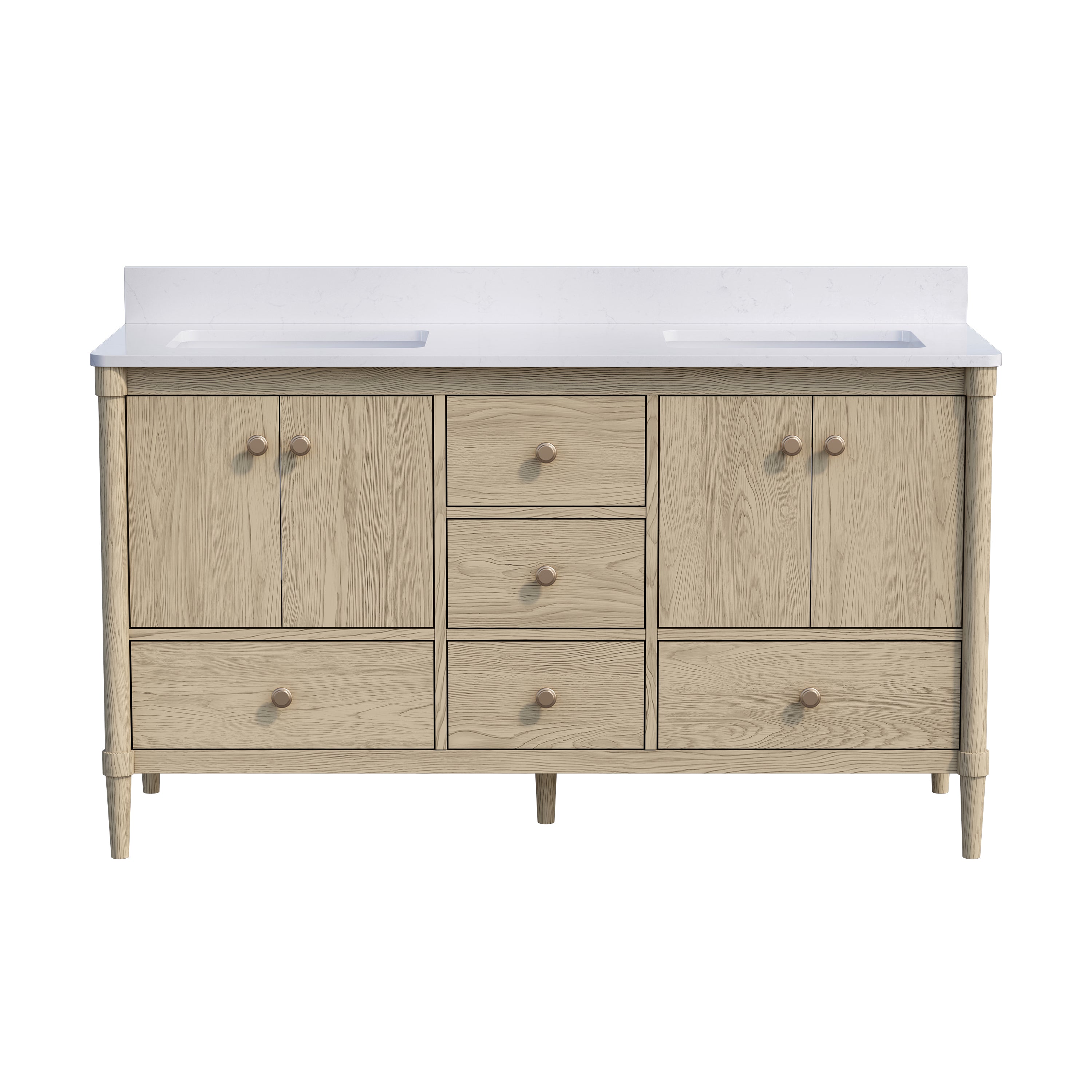
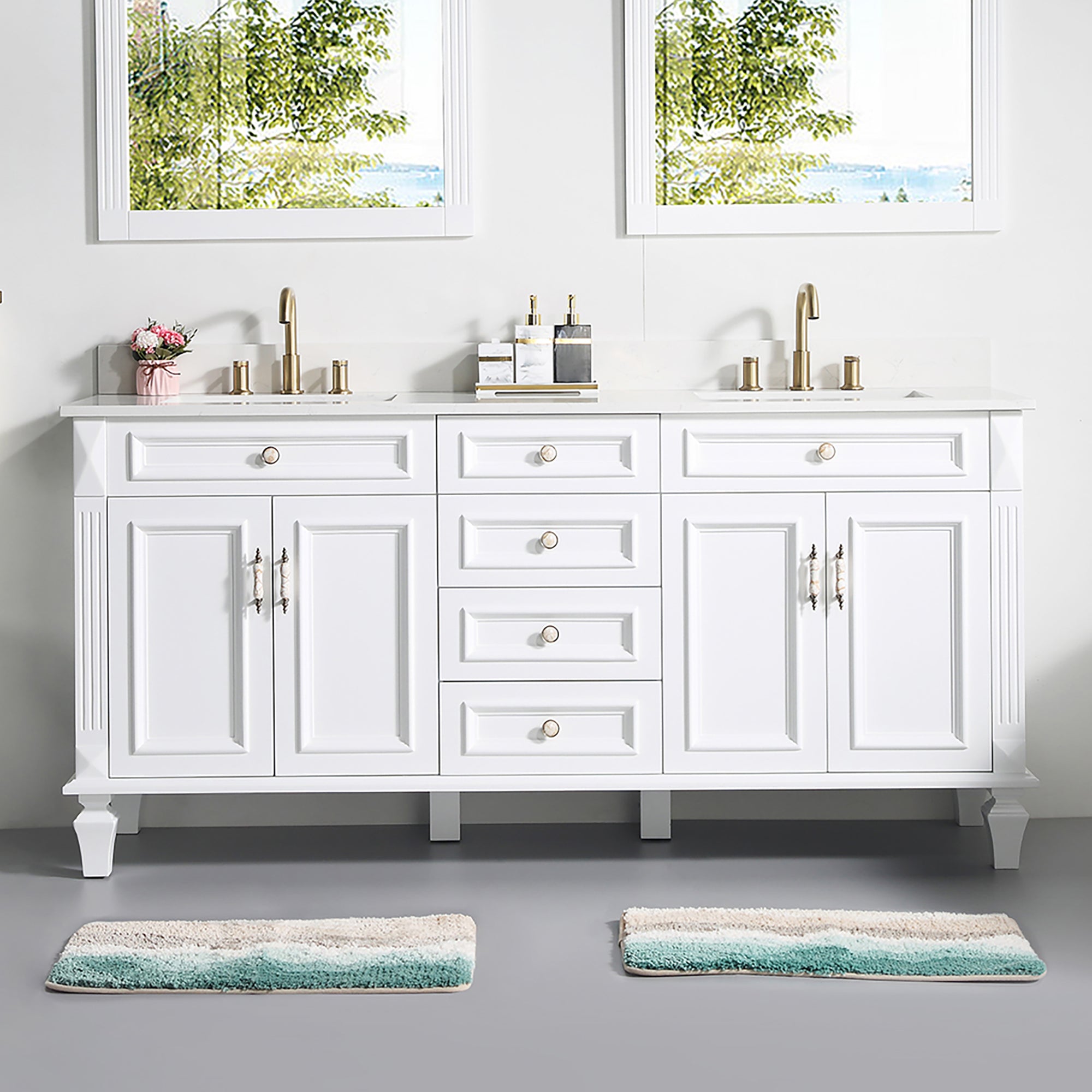
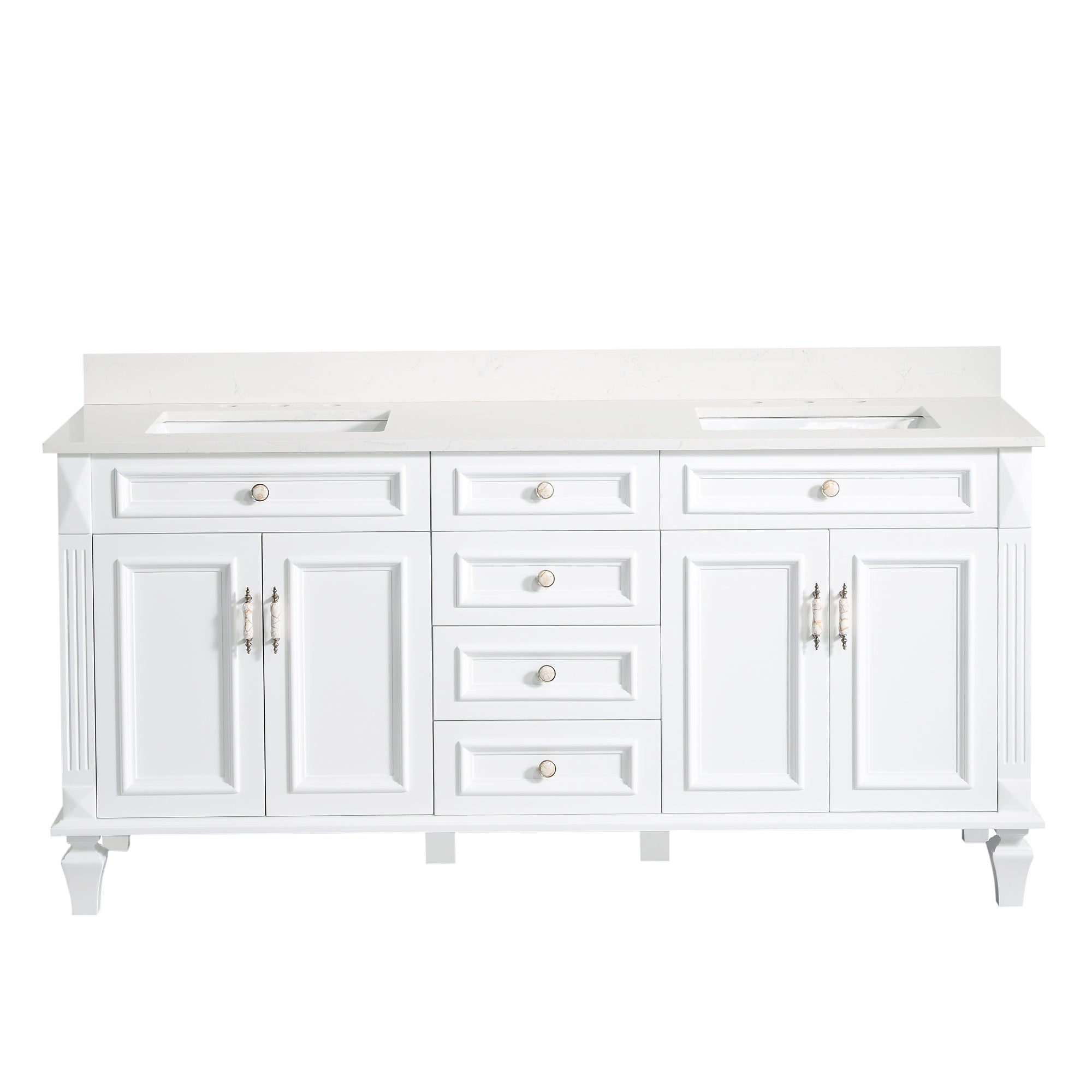
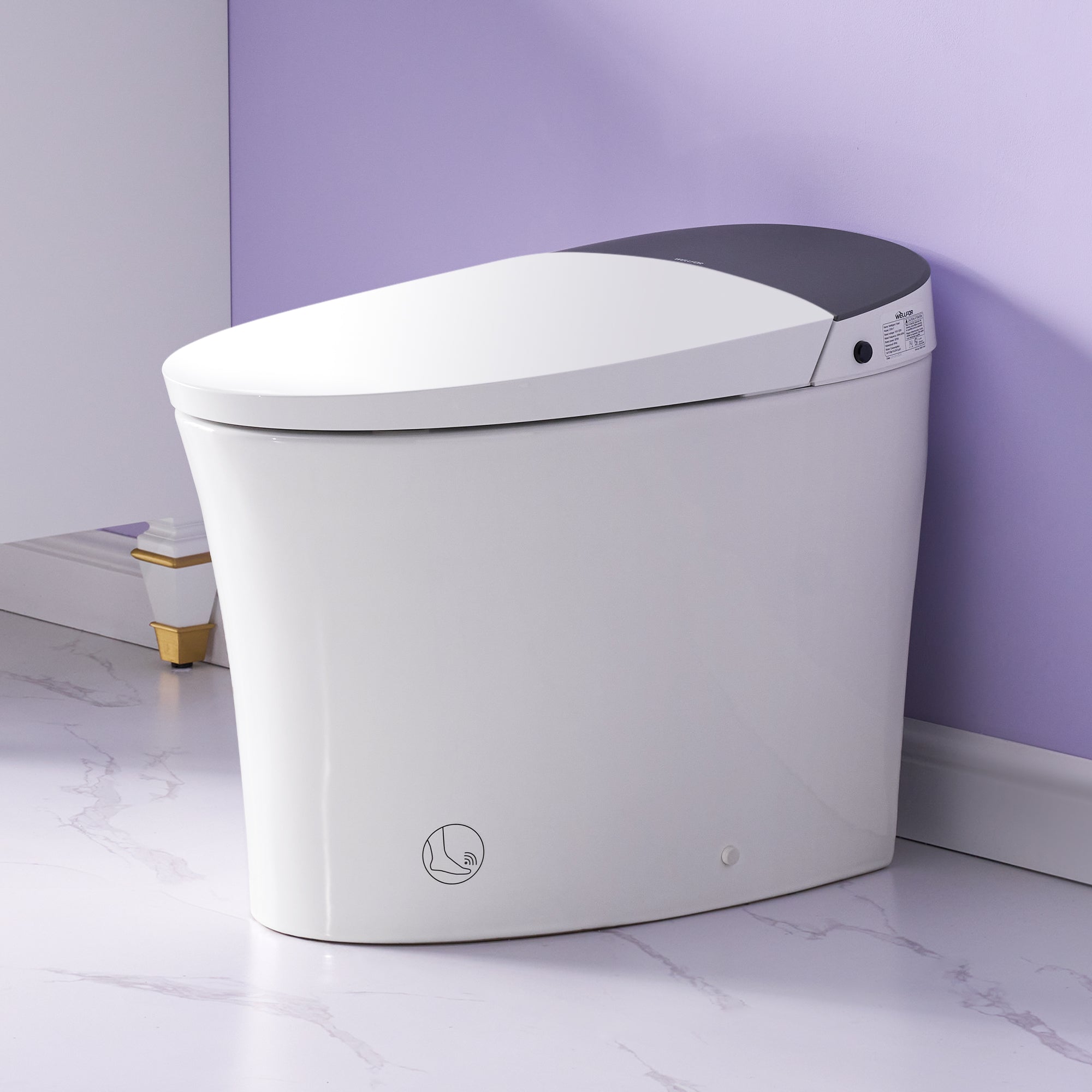
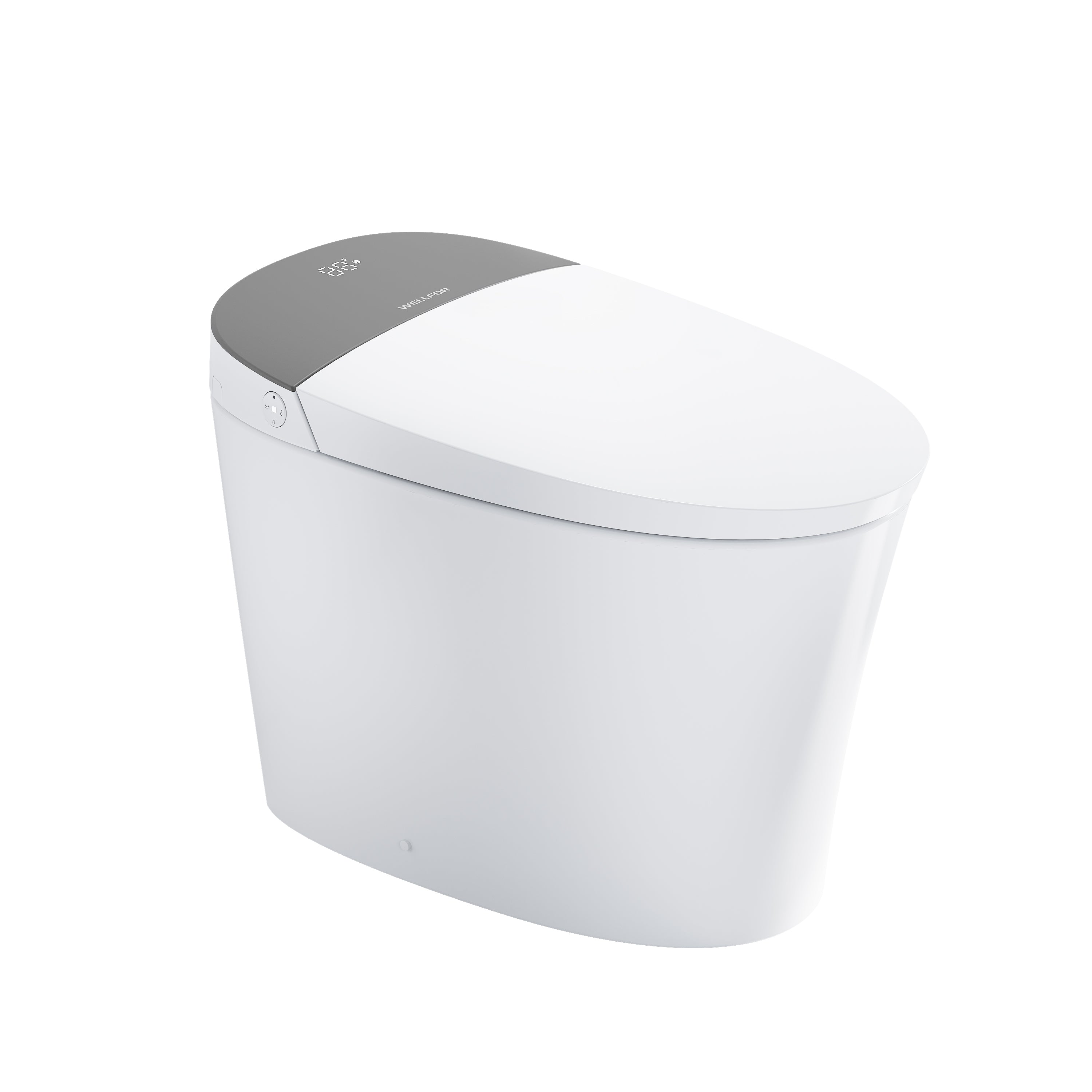

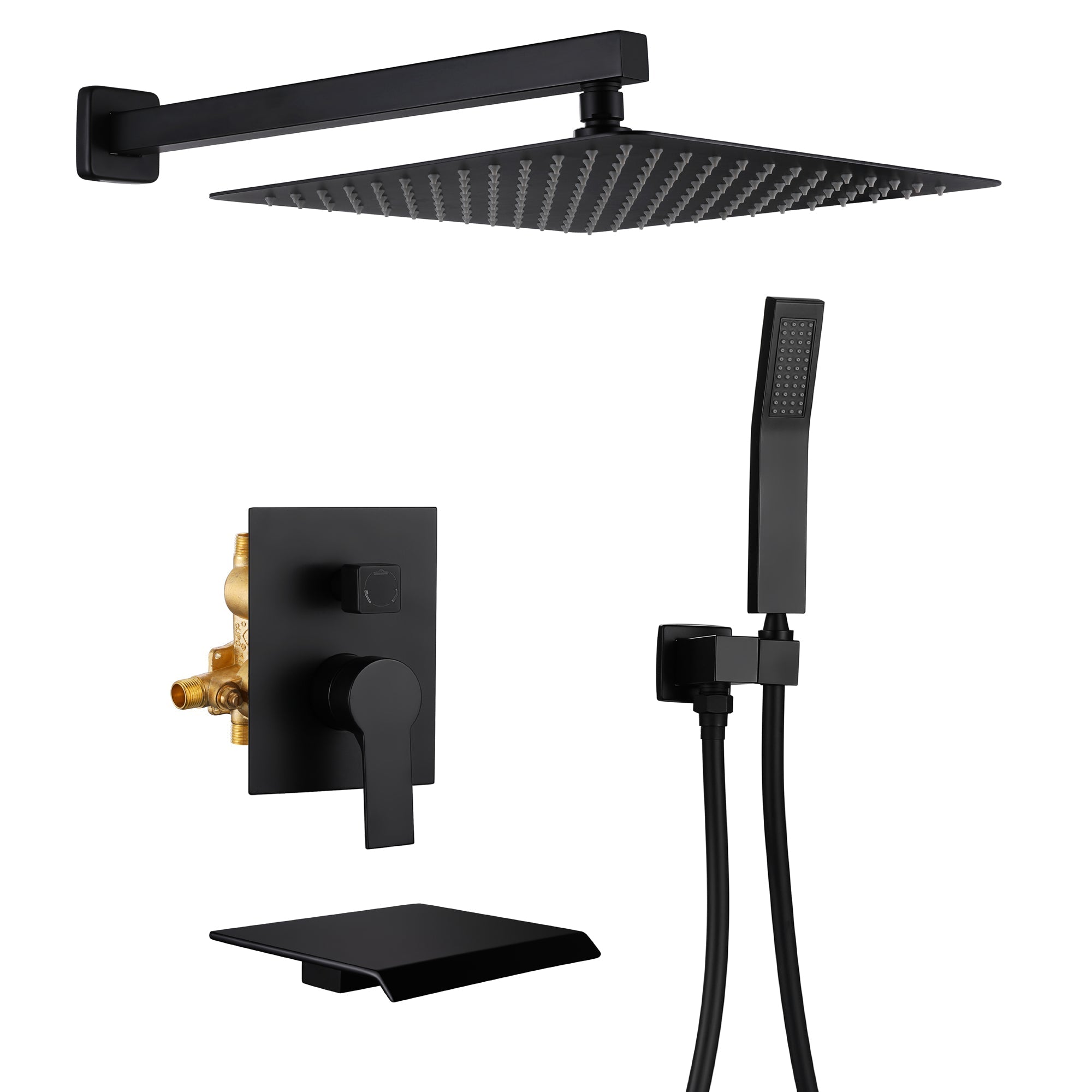
Leave a comment
This site is protected by hCaptcha and the hCaptcha Privacy Policy and Terms of Service apply.